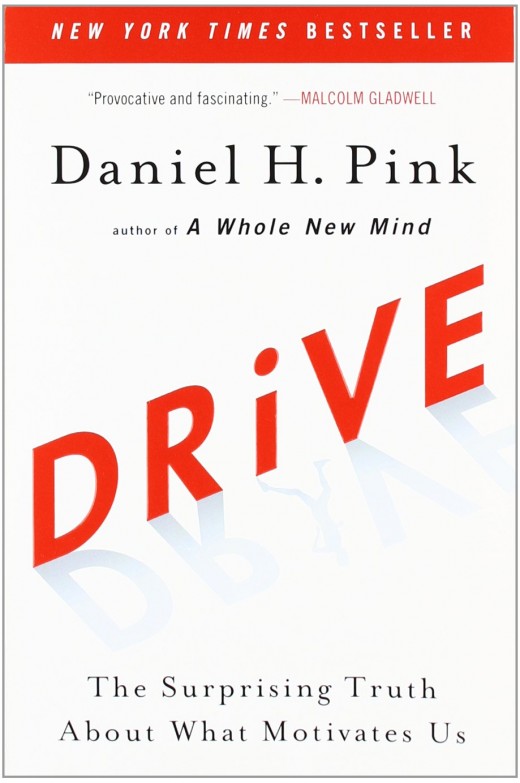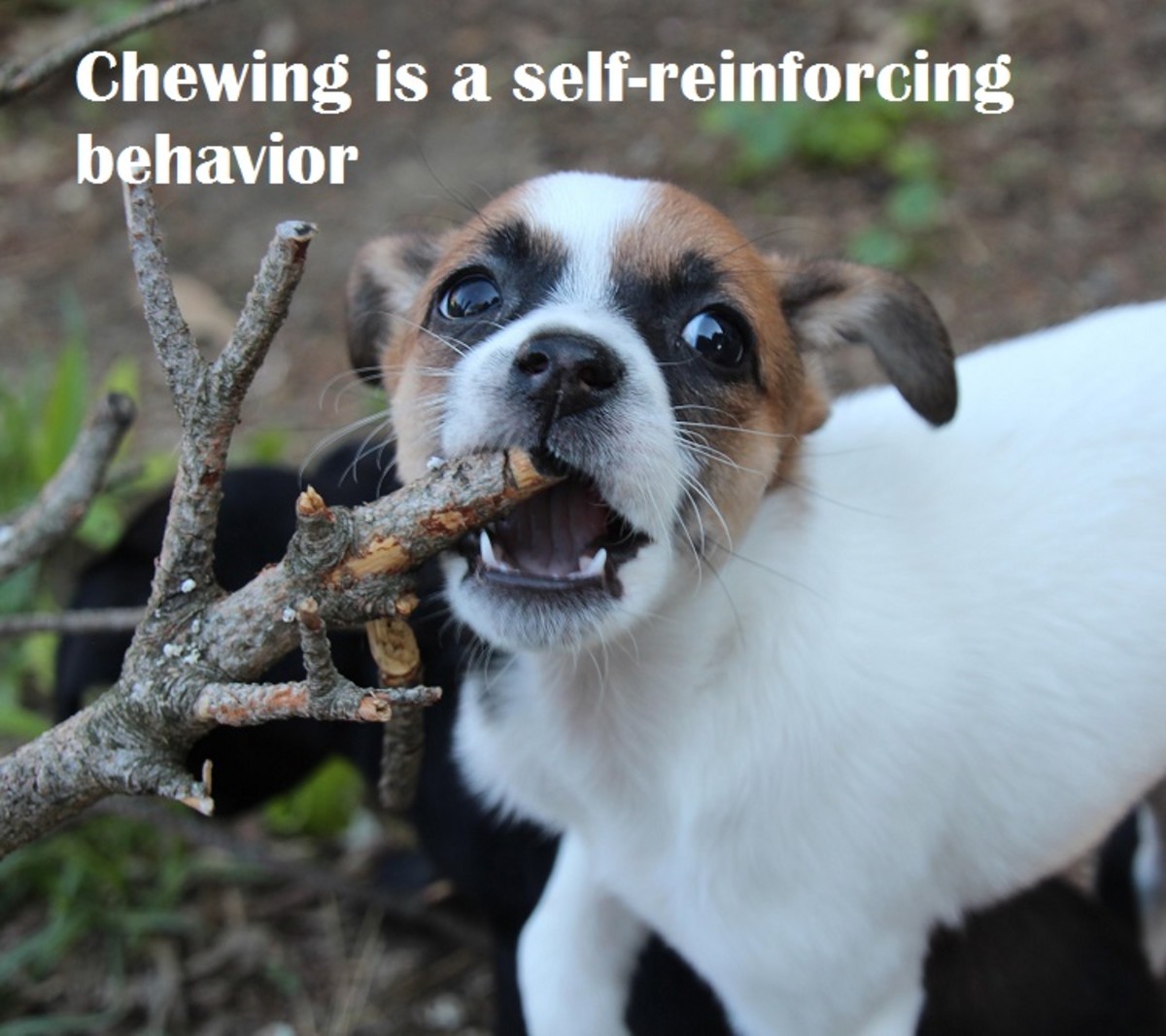Drive: what motivates us? Book Review
Introduction: Book synopsis
The thematic undertones of Pink throughout the book are laced with his disapproval of the theory of intrinsic motivation. Pink minces not, his words and thoughts while counter blasting the idea of extrinsic motivation. Pink’s reference in asserting his ideology is based on several research findings in the psychological discipline. If you offer individuals the opportunity to achieve autonomy, mastery, and purpose, then there is absolutely no need to use any incentive to “inspire” the individual. “Hope of gaining a reward,” and the “fear of loss” are the two basic inspiring factors to motivate an individual. As an assertion of how strong Pink believes in his philosophy, he does mention that the carrot and stick mentality is able to reduce substantially, the capability of the workers to be able to come up with creative solutions to the problems facing humanity. The best rewards to motivate individuals, as Pink admits in the book, is not to reward them with incentives like money.
Drive: What Motivates us? Book

Themes
1. Motivation
Human motivation is an intrinsic affair, extrinsic aspects of motivation are largely temporal, but the drive in the pursuit of a result is drawn from deep within. Pink’s work largely talks of motivation throughout the work. With intermittent topical deviations to support his philosophies, it is notable that the main ideological framework in the book is based on motivation as an element of success.
While Pink does not entirely dismiss the philosophical basis of the carrot and stick motivational theory, he seems to offer an alternative philosophical disposition of motivation based on intrinsic factors. In the discipline of psychology, the theoretical model that he proposes is not new at all, rather, he develops a new concept of self-determination pegged on three fundamental aspects of work mentioned earlier in the introductory statement of this work (Madsen, 2008).
In managing the human capital, Pink offers a counsel to the readers, various organizations should be able to create or establish settings within the organization, that entirely focus on the innate need to orient one’s lives towards learning how to create entirely new things, and to improve on ourselves and our environment. He categorised these into autonomy, mastery, and purpose (Eigenhuis & Dijk, 2008).
2. Management
Pink offers very crucial management insights in the work. Through the examples of Google and Best buy, he proposes a more of Laissez faire approach in managing the work ethics of the workers. While he admits that effective management of the human resource is defines the success trajectory of the organization, he maintains that workers must identify what drives them as an intrinsic fountain. According to him, the manner in which Google and Best Buy has developed an operational strategy with their employees based on results seems to be working very well. The ability to grow and develop to the full potential is what drives humanity, but the question is, how does an organization embed these growth desires of the individual into the organizations’ growth strategy? How does the firm strategize well to be able to get the best of the staff without necessarily engaging the employees in external influences to motivate him or her to work harder? This is the management rubric that Pink seeks to see humanity embrace.
Having a drive to pursue something in life earnestly is the determination of everyone (Eigenhuis & Dijk, 2008). Everyone, regardless of their areas of interest in life, seeks to flame desire within them to be able to pursue their agenda and ultimately become successful in the agenda. While at a personal level, I have very strong belief that indeed the gateway to intrinsic motivation is through the extrinsic motivation, it is equally admissible that the theoretical inclinations of Pink’s work resonate with quite a number of my own opinions.
Rewards (external rewards) and their roles in motivating individuals in the pursuit of a goal cannot be overemphasised. While Pink makes an agreeable conclusion that intrinsic rewards drive our desires, it is still objectionable to imagine that extrinsic rewards are not able to instil determination for the achievement of the goal to be pursued. This is the point that my personal beliefs and the writers’ diverge immensely. Both the intrinsic and the extrinsic rewards play pertinent roles in nurturing drives that are relevant in the pursuit of dreams or aspirations. In this regard, I suppose Pink should have not dismissed the carrot and stick philosophy but rather fortify this ideology by interrogating the role of extrinsic rewards in inspiring motivation. Perhaps the highlight of Pink’s philosophy on motivation is witnessed in the manner that he explores the three intrinsic motivators in the work. The trifecta motivators the writer mentions in the book, is indeed an eye opener for those seeking to understand the principles of motivation beyond the classical conditioning model and the operant conditioning models. From a personal view, I can confidently admit that I have learnt that the biggest requisite for motivation is an intrinsic factor of growth and development based on the purpose for the growth, the mastery to improve upon the skills learnt, and the autonomy, or the desire to be guided by oneself. I have learnt these three very critical issues in the work
Strengths and weaknesses
Majority of individuals are sunk into the belief that rewards like money and other materials provide a lucrative inspiration for us to grow (Eigenhuis & Dijk, 2008). This belief, according to Pink, cannot be verified. It is cosmetic because the extrinsic motivators change intermittently (Mackay, 2010). To help in addressing my personal weakness, I have learnt that developing an inner drive to navigate your success trajectory is indeed paramount. It does not matter what field one is interested in pursuing, what matters is ,do you have the personal drive within to pursue what you want and subsequently achieve it?
As a modality of developing my career, it is obvious that lighting the motivation from deep within is more practical than the extrinsic motivational levels. This book thus gives me the impetus in understanding myself better in terms of developing a proper motivational framework to help me soar and scale the heights of success in my career. It is equally very resourceful in understanding the three basic intrinsic models of motivation other than the conventional and traditional motivational theories.
In terms of developing my strengths, Pink’s assertions have engaged me in an odyssey to interrogate myself and benchmark the reasoning behind my purpose in pursuing my interests. Pink indicates in the work that one of the foundations of intrinsic motivation is anchored on the need to identify one’s purpose in pursuing an agenda. Through the study of the work, I intend to develop relevant skills to be able to self-introspect and come up with very relevant purposes in life to enable me pursue a certain goal in life.
Steps to help realize the benefits of the book
In the book, Pink talks of three very powerful aspects of motivation that cannot escape the conscious of any serious reader of the book. While disclosing some of the intrinsic factors that motivate individuals to pursue a certain goal, the writer has mentioned the desire to be independent (autonomy), staying a purposeful life, and mastering the relevant skills for growth (Eigenhuis & Dijk, 2008). Studying the book will ultimately enable me to practice these three concepts of motivation. Specifically, the need to interview myself and weigh myself on the pendulum of motivation to establish what is the driving factor behind my pursuit of excellence. After the study of the book, self-assessment followed by the implementation of relevant strategies to enable me to pursue my interest and succeed in them.
Conclusion
Whether used as a rubric of managing the human resource or implemented on one’s own life, Pink’s work offers a very insightful discussion on the theory of motivation. The work explores the significance of intrinsic rewards as crucial aspects of motivating individuals to pursue their goals. The basis of any motivation, according to Pink’s thoughts, should not be pegged on the extrinsic rewards that are temporal, but rather, they must be based on the intrinsic factors that drive us to pursue our goals. Most importantly, Pink’s work offers a summary of the three most significant aspects of intrinsic motivation and how we can use motivational aspects to be able to develop a proper framework for achieving our goals.






